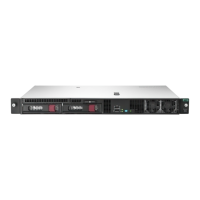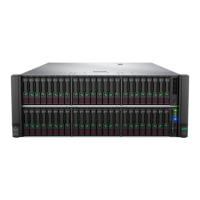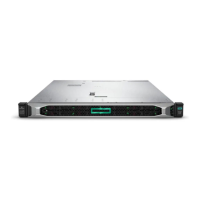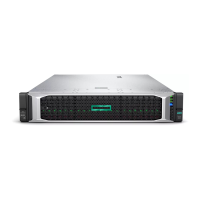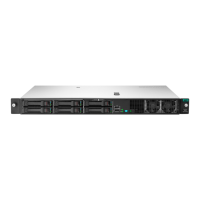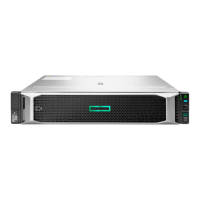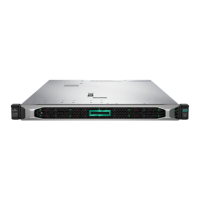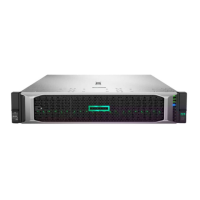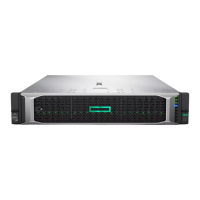Pre-Boot Network SettingsPre-Boot Network Settings
Use this option to configure a preboot network interface and related settings.
IMPORTANT:IMPORTANT:
If you plan to run webclient or ftp over the same interface, you do not need to use the Embedded UEFI Shell i
fconfig command on a network interface. The Pre-Boot Network Settings configured in the System Utilities
automatically selects these interface.
If the interface used by ftp and webclient are configured by ifconfig , that setting is erased. Instead, the
System Utilities Pre-Boot Network Settings menu is applied on the interface when the commands are run.
Pre-Boot Network Interface —Specifies the network interface used for preboot network connections.
Auto (default)—The system uses the first available port with a network connection.
Select Specific Port—The system uses the selected NIC port.
DCHPv4—Enables or disables obtaining the preboot network IPv4 configuration from a DHCP server for Network operations from
the Embedded UEFI Shell, and Boot from URL.
Enabled—Enables DHCPv4 network address configuration. Individual settings are not available.
Disabled—Disables DHCPv4 address configuration, requiring you to configure the following static IP address settings manually.
IPv4 Address
IPv4 Subnet Mask
IPv4 Gateway
IPv4 Primary DNS
Preboot Network Proxy —Specifies a preboot network proxy. When set, network operations for the Pre-Boot Network Interface are
attempted through the configured proxy. The proxy must be in an HTTP URL format, and can be specified as http://IPv4_ad
dress:port, http://[IPv6_address]:port or http://FQDN:port .
IPv6 Config Policy
Automatic—Enables preboot network IPv6 configuration to be automatically obtained for Network operations from the
Embedded UEFI Shell. Individual settings are not available.
Manual—Enables you to configure static IP address settings individually.
Boot from URL 1, 2, 3 or 4 —Specifies a network URL to a bootable ISO or EFI file. Enter a URL in either HTTP or HTTPS format,
using either an IPv4 or IPv6 server address or host name. For example, the URLs can be in any of the following formats: http://
192.168.0.1/file/image.iso, http://example.com/file/image.efi, https://example.com/fil
e/image.efi, http://[1234::1000]/image.iso . When configured, this URL is listed as a boot option in the UEFI
Boot menu. Then you can select this option from the boot menu to download the specified file to the system memory and enable the
system to boot from the file.
NOTE:NOTE:
Boot from URL uses the IP address settings configured in Pre-Boot Network Settings page.
Booting from an ISO file can involve only booting a preliminary OS environment image, such as WinPE or a mini
Linux, or a complete OS install image if the OS supports the HTTP Boot feature (Old OS versions may not support
booting from an ISO file or OS install image). Please check your OS documentation for the HTTP Boot feature
support.
-
-
-
-
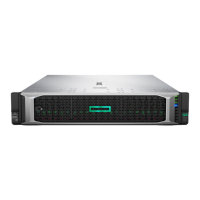
